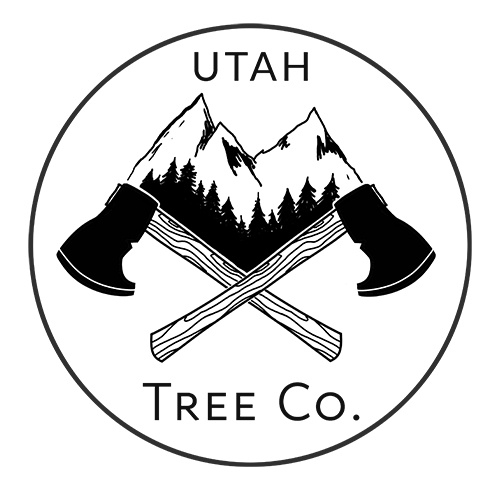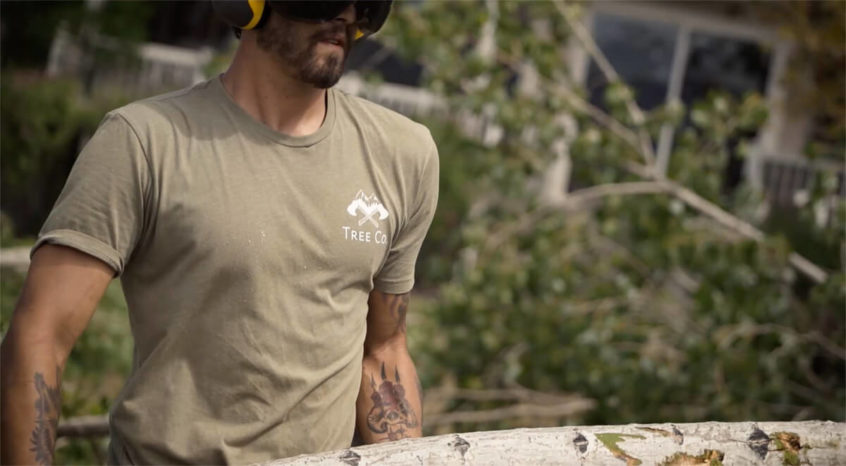Tree trimming and pruning is a big part of a property owner’s life. However, not everyone is aware of the proper trimming and pruning methods.
The fact is, tree trimming isn’t as simple as it seems and requires the expertise of a licensed commercial tree servicesprovider. Learning about the right tree trimming and pruning techniques can take years. This is why hiring tree care services can pay off well.
Tree experts can help you examine the health of your trees, demonstrate the right pruning practices, and educate you on how to look for diseases/decay. They can also tell you about tree stump removal, stump grinding, and generally keeping your trees healthy.
To get you started on the right note, however, we’ve presented a few dos and don’ts of tree trimming and pruning that you should know about.
Dos of Tree Trimming and Pruning
1. Learn and understand the best practices
It is crucial to know about and follow the right tree trimming and pruning practices because incorrect methods can damage your trees for life. Consider talking to a tree care services professional about trimming practices during different times of the year.
Make sure to check the condition of your trees after a storm or windy weather to see if there are any damaged or broken branches. They may need to be trimmed immediately. Further, if you see that your trees are overgrown or your foliage has become too bushy, you will need to prune them.
Keep in mind that tree trimming and pruning should be done with the aim of encouraging fruit/flower production. It is also important to prune hanging, broken, dead or decaying branches. You don’t want them to fall in people or property.
2. Wait for the Right Season
Trimming and pruning your trees at the right time will give you the desired result soon afterwards. For example, if you want to promote new growth in spring, you’ll need to prune in winter after the coldest temperatures have passed. Pruning in summer, on the other hand, will help slow the development of damaged branches.
When trimming your trees, make sure to remove all branches that are structurally weak. You should also prune diseased, decayed, and dead branches, dormant buds, and shoots growing from the base of the tree, irrespective of the season. This will strengthen the tree, enabling it to flourish.
3. Keep the Tree Balanced
At the time of performing a major trimming and pruning job, ensure that the tree is balanced from both sides. Trimming too many branches on one side of the tree and not enough on the other can cause your tree to bend. At the end of the job, the trunk should be able to support the weight of the tree on both sides. If this isn’t ensured, the tree will eventually fall.
Pruning the tree equally on both sides also ensures that it stays healthy, provides ample shade, and grows in the desired manner and shape. So, when you trim its branches, view the tree in its entirety to figure out which elements really need to go.
4. Follow Proper Safety Practices
It is crucial that you protect yourself from head to toe when you perform any kind of tree-related work. Whether the task is big or small, ensure to wear long pants, a full-sleeved shirt, safety glasses and headgear, and gloves when you work. This will help you prevent physical injuries.
5. Call Tree Care Services Experts
If the tree in your yard is growing out extensive branches that are damaging surrounding objects or property, you should certainly prune it. You will need to trim the deadwood and limbs of the tree to create a safe environment. This is also a regular maintenance procedure that can help nurture all the trees in your yard.
Chopping of an overgrown tree, however, is a challenging task and can leave you overwhelmed if you’re not equipped with the right knowledge and tools. You can also injure yourself. This is why you’re better off entrusting this job to certified commercial tree service professionals. They will ensure that the task is performed correctly and safely.
Don’ts of Tree Trimming and Pruning
1. Make the Wrong Cuts
As mentioned, any wrong cut can damage your tree for life. However, most homeowners are guilty of careless pruning, which is why they end up complaining about their tree’s growth pattern.
It is important that you’re cautious and never prune off more than 25% of a tree’s foliage in one growth season. If your tree gets injured during trimming, avoid the use of sealer or wound paint as they can cause the tree to lose moisture and decay.
Don’t interfere with the growth of new trees (less than a year old). Trim them only to remove dead and broken branches.
Moreover, never prune a tree that’s standing near electrical lines or transformers as this can be extremely dangerous. You might end up electrocuting yourself if you accidentally touch the wiring. Further, you may disrupt power supply to the entire neighborhood if a branch falls on the lines.
If you need to trim large trees or those with canopies extending towards electrical wiring, hire a commercial tree care services provider for the job.
2. Ignore the Importance of the Right Timing
Seasons play a huge in determining the health of a tree. Some seasons may be ideal for tree trimming and pruning, while doing so in other seasons might spell doom.
For instance, avoid pruning in winters as healing takes much longer. However, you may prune if you notice dead or decaying branches since these need to be removed immediately. Similarly, don’t trim a tree in spring until all the buds have bloomed.
3. Overlook Safety Concerns
Don’t put yourself in a dangerous situation when working on a tree. Remember, big trimming tasks should always be performed by professional tree care services providers. Only they can ensure a thorough, clean, and safe job.
Refrain from climbing trees without wearing the right climbing spikes. Additionally, don’t try to trim branches that are too high to reach. This is especially true if the use of chainsaw is involved. If you need to climb a ladder to reach a tall branch, stop the task right away, and have a professional take over instead.
Conclusion
Tree trimming and pruning are crucial to the maintenance of your yard. These tasks require the expertise of professional tree care services providers. However, it is always advisable for homeowners to know about the basics of tree trimming and pruning to keep their yard tidy and healthy.
Of course, it is also important to follow all the right techniques and safety measures to avoid any kind of hazards. Hopefully, the above dos and don’ts of tree trimming and pruning will help you ensure that your green friends always brim with health and stay in good shape. Would you like us to take a look at your trees? Contact Tree co for a free bid

